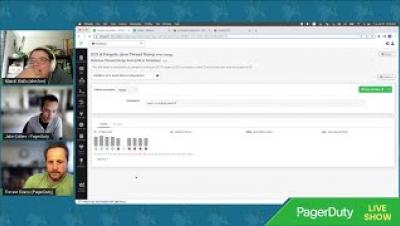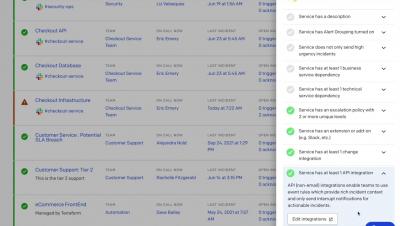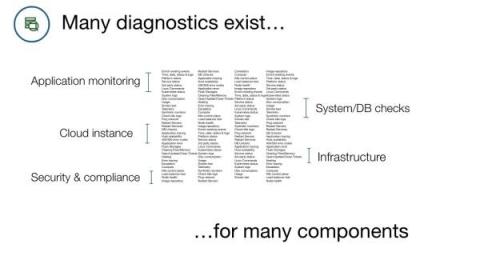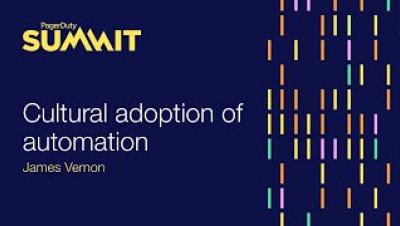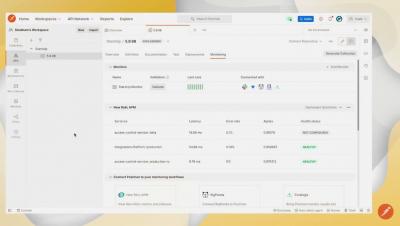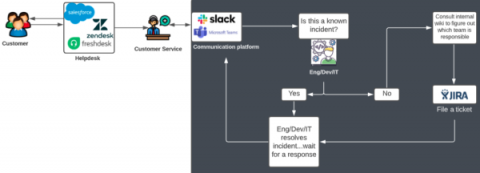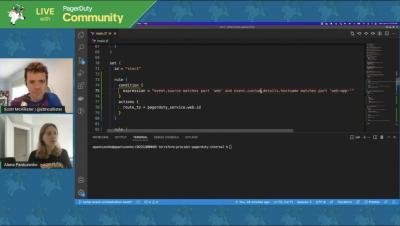What's New: Updates to Incident Response, PagerDuty Process Automation, Integrations, and More!
Following another successful PagerDuty Summit, development continues across several areas of the product. We’re excited to announce a new set of updates and enhancements to the PagerDuty Operations Cloud. Recent updates from the product team include Incident Response, PagerDuty® Process Automation and PagerDuty® Runbook Automation, Partner Integrations & Ecosystem, as well as Community & Advocacy Events updates.



